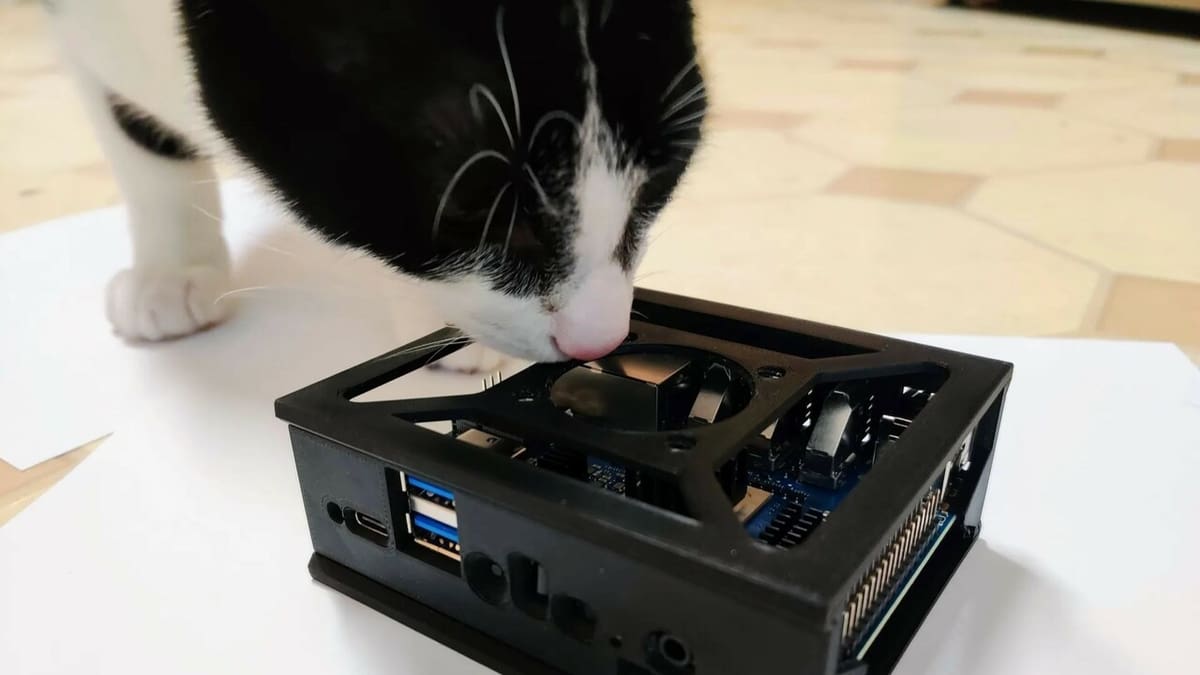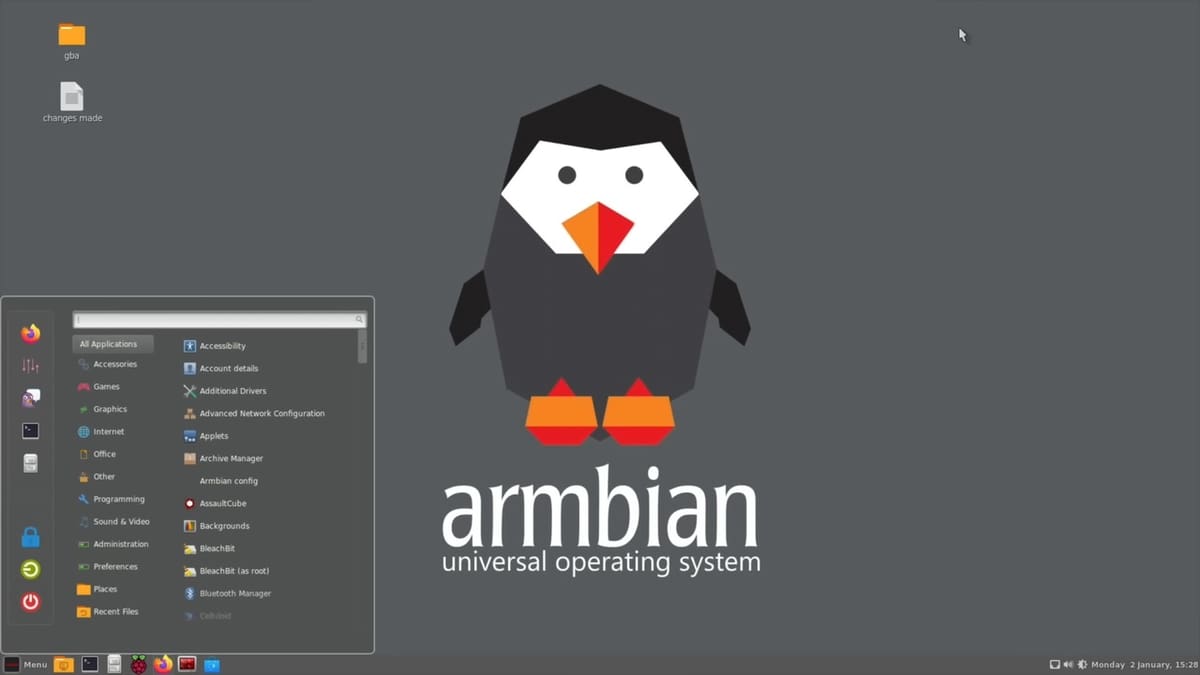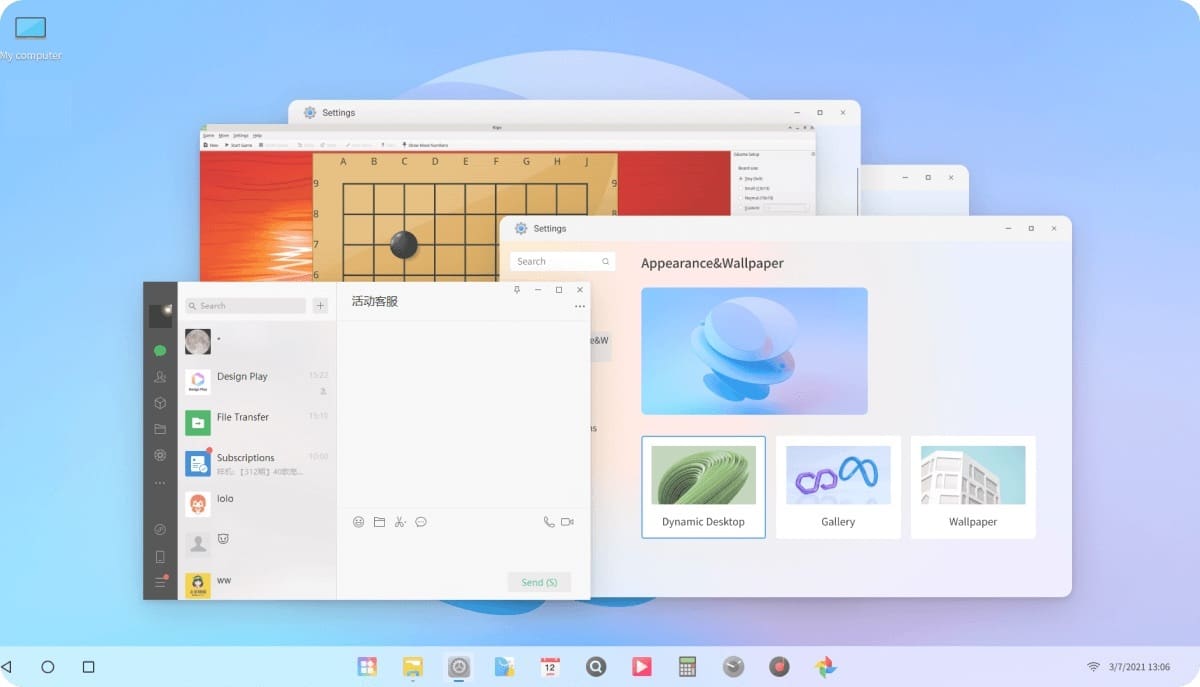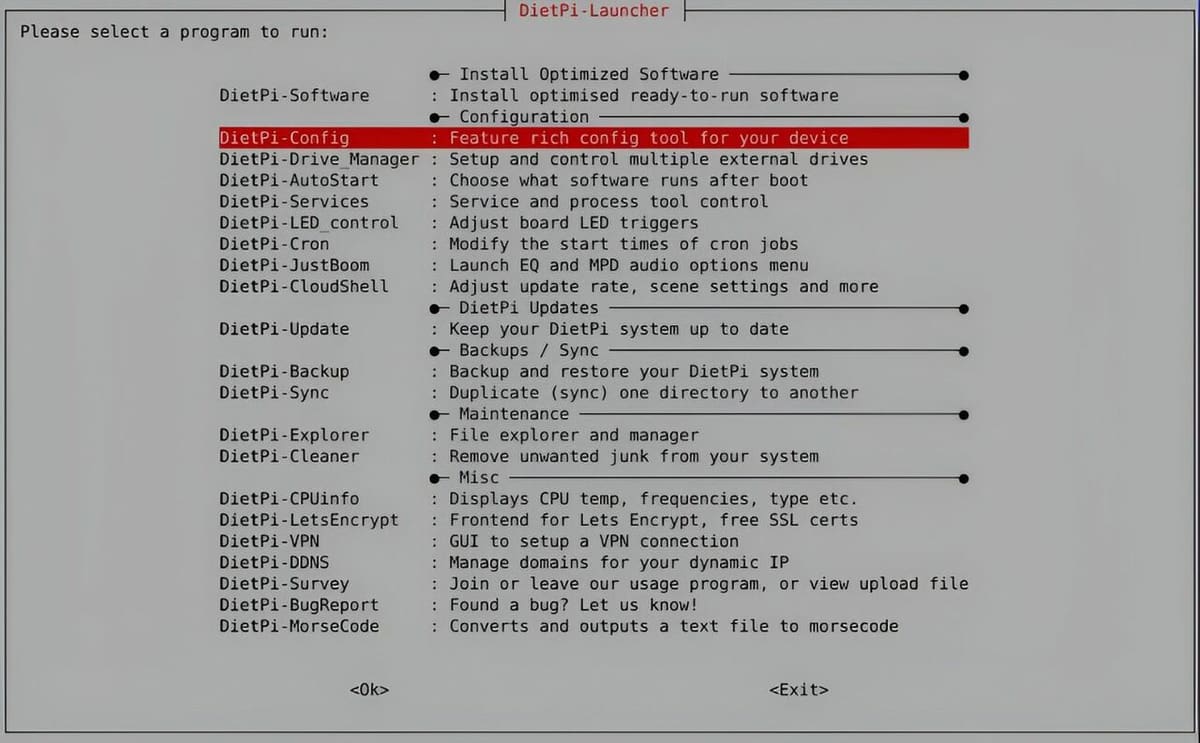The first Orange Pi open-source product came out in 2014, two years after the first Raspberry Pi single-board computer (SBC).
Right from the beginning, Orange Pi offerings garnered attention due to their noteworthy cost-to-performance ratio. Over the last decade, the company has released more than 30 different products, with devices like the Orange Pi 800 or the Orange Pi 5 considered worthy alternatives to their equivalent (and more expensive) mainstream counterparts.
While the ecosystem isn’t as mature as its more famous competitors, it’s growing fast thanks to the official and user communities revolving around Orange Pi products.
Choosing an operating system (OS) may still seem tricky for new users, given that the vendor images don’t always offer the best user experience or meet all of the user’s needs. That said, third-party OSs can be better, but they’re often hard to find.
In this article, we’ll be looking at our top picks for OSs you might want to consider for your Orange Pi setup. There are plenty of options out there (some more developed than others), and it can be tricky to decide which one will suit you the best – especially if you don’t know the ins and outs of the OS already. But don’t worry about all that, as we’ve already done the research for you and have narrowed down our selections to four. Before we explore them, let’s check out how we curated the list!
Considerations

If we take a look at the available operating systems, they can be broken down into two main categories: general purpose and specialized purpose. As the names suggest, general purpose ones are good for a variety of tasks (i.e. multitasking) and the specialized purpose ones only focus on one (e.g. scientific calculations).
With that distinction covered, we’ll go over how we narrowed down the list, as well as a few things you should consider when deciding which one you’ll go for.
- Intended use: When you pick an OS, the first thing you should define is the purpose. Do you want to turn your SBC into a mini PC where you can do a variety of things, or do you specifically want to make an arcade machine out of it? If you haven’t decided yet – which is perfectly fine – you should go for a general-purpose OS like Armbian. In the list, we’ve included two of each.
- Compatibility: The second thing we looked at – and you should too – is compatibility. Does the OS you want run on the Orange Pi model you have? For each OS on this list, we’re specifying which Orange Pi SBC they’re compatible with, and we aimed to include a variety that can work on different boards instead of focusing on options that are limited to specific hardware.
- Documentation and community support: Even the most reliable OSs have bugs and limitations, and when you come across them, a strong community and decent documentation will be a lifesaver. If you’re new to SBCs, we suggest sticking to the OSs with more community support and documentation. However, if you don’t mind a bit of a challenge, venturing into the land of lesser-known OSs can be fun too! Having said that, all options on the list have either both an official and user-based community, or at the very least the latter alone, plus sufficient documentation to help you get started.
- Popularity and user experience: Although there are a lot of unknown, underrated OSs, popularity usually translates to something that is known to work by many. Whether it’s in the form of reviews on reputable platforms or recommended and lauded by SBC communities on sites like Reddit, the more people are talking about it, the better. The four OSs we’ve included are tried and trusted by users for their respective purposes.
Now, let’s take a look at the list!
Armbian

Armbian is well-known among users who like tinkering with SBCs. It’s a versatile OS capable of handling different kinds of tasks. For example, you could run your home automation software on it, make your own VPN, or just use it as a compact PC. The project is run by a small but reputable group of contributors who aim to develop compatible images for various ARM microprocessor-based SBCs like the Orange Pi.
Armbian offers both a Debian- and an Ubuntu-based image, which are respectively mentioned as Bookworm and Jammy on their website. The Ubuntu is better suited for beginners as the desktop interface is more user-friendly, and the learning curve is less steep. On the other hand, Debian is preferred for slightly more advanced users interested in networking tasks.
The documentation is great, and there is a fast-growing official community around it as well. Overall, it’s a pretty decent choice for users who are looking for something other than the original equipment manufacturer (OEM) images.
- Purpose: Armbian is pretty versatile, which means you can use it for pretty much anything. You can stream media from it, use it as a central file server for your home network, or even run OctoPrint or Klipper on it for your 3D printers!
- Compatibility: Orange Pi Zero 2, One, 4 and LTS, 5, 5B, and 5+
- Website: Armbian
OS Droid

If you want to use your Orange Pi as an Android tablet, you should consider OS Droid. This is an official image provided by the vendor and – as its name hints at – is based on Android.
It allows for desktop elements like multi-window viewing, multi-tasking, and a taskbar where you can keep track of what programs you’ve got running. The OS also offers support for running Android apps natively – the best of both platforms.
The default interface looks very similar to Windows 11, so users should find it very easy to get started with and work on. For Apple users, a MacOS-like interface is available too. As we would expect from an OEM build, it’s also compatible with all versions of Orange Pi (except for the R1 and R1+).
While there’s plenty to appreciate, there are mixed reviews from users, which mostly revolved around its lack of customizability, so this might not be the best image for people who want to push their Orange Pi to its limit. Additionally, the build on manufacturer’s website hasn’t been updated since 2022, so it’s probably missing out on security updates that have come out in the meantime.
We recommend this OS for users who don’t have high expectations and are capable of working around its limitations. If you want to run Android apps, given how easy it is to set up, do give it a try before looking into other options.
- Purpose: OS Droid is best for running Android apps natively with a touchscreen. If you want to turn an Orange Pi into something like a kitchen computer or just a family tablet capable of running Android apps, this would be the right fit.
- Compatibility: All Orange Pis (except for R1 and R1+)
- Website: Orange Pi
DietPi

An undeniable advantage of Orange Pi products is their significantly lower price compared to mainstream SBCs, which makes it easier to justify dedicating one board to only one purpose.
However, when you’re using one Orange Pi for only one specific thing, a versatile OS like Armbian might be too bloated for that. Not to mention, you also want something that will consume the least amount of resources and not wear the SD card out every few months.
That’s where the queen of minimalism – DietPi – comes in. It’s a pretty lightweight and lean Debian-based OS that comes with only the bare minimum software to run. It’s up to the users to decide which additional software they would like to install on it.
The community support and documentation are awesome. Since it’s based on Debian, virtually any documentation and technical advice meant for Debian will work on it as well.
DietPi is best for users looking for a bare-bones operating system that they want to have for a specified use.
- Purpose: DietPi can be used to dedicate an Orange Pi to a specific task; for example, you can use it as a Minecraft server with Cuberite. While there are plenty of software options that have already been optimized to be run on DietPi, as long as your hardware (the Orange Pi itself) supports it, you should be able to install programs not included in the list as well.
- Compatibility: Orange Pi 3B, 5, 5+, and Zero 3
- Website: DietPi
BatoceraOS

Ever seen those retro gaming console builds and wished you could make one too? We have the perfect solution for you! Meet BatoceraOS, a popular open-source retro gaming distribution that can turn your Orange Pi into the ultimate retro gaming station!
It offers a high amount of customizability and is very easy to get started with. Most controllers are plug-and-play with this OS, and you get access to a plethora of emulators and retro games.
BatoceraOS has been around for a long time and has been ported to a lot of SBCs, including Orange Pi. Needless to say, there is a fair amount of official documentation and community support available. Even if you get stuck somewhere, chances are someone else also faced the same issue as you and the fix is just a Google search away. It’s always great to have that option!
All in all, BatoceraOS is a straightforward OS with minimal configuration and great community support. If retro gaming turns out to be your thing, make sure to check it out!
- Purpose: You can use it to emulate retro games from a lot of platforms on your Orange Pi, which includes Nintendo, Commode64, Atari, and much more! While BatoceraOS is mainly a gaming OS, you can also install other programs and tools.
- Compatibility: Orange Pi 5, PC, Zero 2, 3 LTS
- Website: Batocera.linux
License: The text of "OS for Orange Pi: The Best Options" by All3DP is licensed under a Creative Commons Attribution 4.0 International License.
